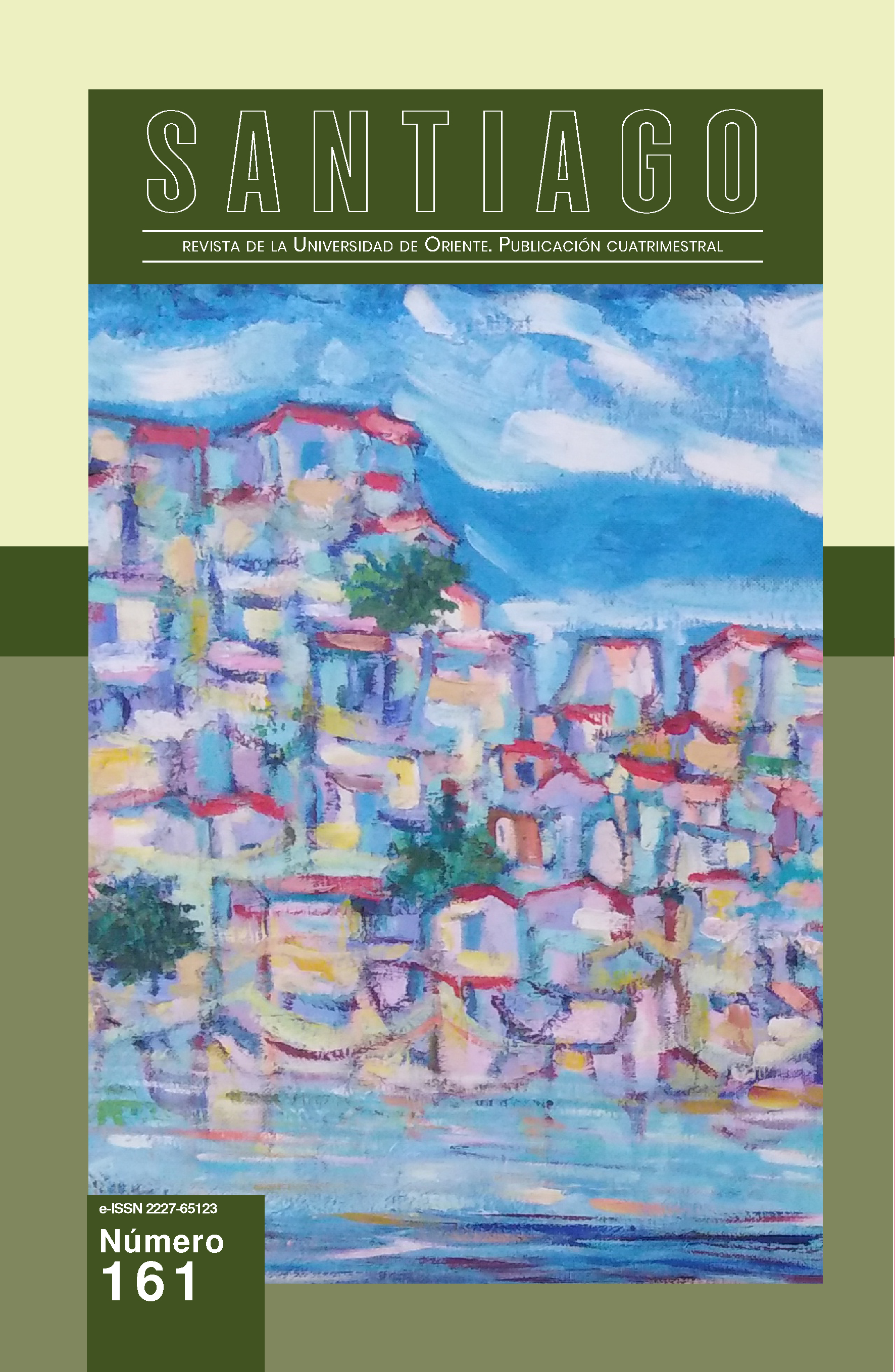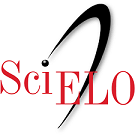Creative tourism. A differentiating proposal for the promotion of the tourist destination Santiago de Cuba.
Palabras clave:
Turismo creativo, actores sociales, destino turístico, desarrollo localResumen
The tourist destination Santiago de Cuba is characterized by the development of the traditional modality of sun and beach, nature, history, heritage, as well as cultural and city tourism (Ministry of Tourism, 2019). The latter is one of the main sources of motivation for international tourists who arrive in the city. However, there is no differentiating proposal for the destination in relation to other destinations in the region, by offering events and cultural itineraries, which need to be rethought from the sociocultural values that characterize it as a welcoming destination given the idiosyncrasy of its people. The markedly Caribbean cultural expressions; intangible heritage values that make it stand out among the destinations of the eastern region and the rest of the country's tourist cities. In this way, the bases are offered to promote the work of integration of the social actors linked to tourism and consequently, the weighting of the attributes of the destination.
Citas
Castellanos, M. C. A. (2014). La competitividad del destino turístico Villa Clara, Cuba. Identificación de sus factores determinantes mediante análisis estructural (MIC-MAC). Estudios y Perspectivas en Turismo, 23 (2). Retrieved from http://scielo.sld.cu/scielo.php?script=sci_arttext&pid=S0252-85842015000100011
Fisher, E., & Gonzalez, Y. S. (2020). Qualifications and Certificates v Practical Knowledge and Experience: Is There a Winner? Business and Economic Research, 10(2), 1-21.
Machado, Ch. E. L. (2013). Integración y diseño del producto turístico. Aplicado a la región central del destino Cuba. GeoGraphos, 4 (35), 69-92. Retrieved from http://web.ua.es/revista-geographos-giecryal.
Martín, R. J. L. (2013). Cultura del trabajo, población y turismo: impactos del reajuste de los 90. La Habana, Cuba: Editorial CEDEM.
Milián, B. K. (2017). Actores sociales y turismo cultural. Reflexiones en el destino turístico Santiago de Cuba. Revista Santiago, (Número Especial), 7-19.
Ministerio de Turismo. (2019). Estrategia comercial del destino turístico Santiago de Cuba para el período 2012 – 2020. Santiago de Cuba.
Ministerio de Turismo. (2014). Política Nacional de Comunicación. Resolución No. 186.
Molina, S. (2011). Turismo creativo. El fin de la competitividad. Santiago de Chile: Escritores.
ONEI (2021). Turismo internacional. Indicadores seleccionados. Edición 2020.
ONEI (2022). Turismo internacional. Indicadores seleccionados. Edición 2021.
Osorio, G. M., Vázquez, R. D., Arellano, H. A., y Torres, N. J. (2013). El turismo desde el pensamiento sistémico. Investigaciones turísticas, (5), 1-28. Retrieved from http://rua.ua.es/dspace/bitstream/10045/29118/1/Investigaciones_Turisticas_05_01.pdf#page=3.
Ricardo Jiménez, L. S. (2022). Dimensiones de emprendimiento: Relación educativa. El caso del programa cumbre. Región Científica, 1(1), 202210. https://doi.org/10.58763/rc202210
Richards, G. (2003). Turismo creativo. ¿Una nueva dirección estratégica? Madrid, España: en Ortega, E. (ed) Investigación y Estrategias turísticas. Editorial Thomson.
Rodríguez, F. R. (2006). Gestión de destinos turísticos. (Monografía). Centro de estudios turísticos. Universidad de La Habana. Cuba.
Sosa, M. R. (2017). Turismo creativo. Caso Ciudad Buenos Aires. Retrieved from https://econo.unlp.edu.ar/meran/getDocument.pl.id
Descargas
Publicado
Versiones
- 2023-05-17 (2)
- 2023-05-05 (1)
Número
Sección
Licencia
Derechos de autor 2023 Kirenis Milian Borges, Rubén F. Maymir-Pacheco

Esta obra está bajo una licencia internacional Creative Commons Atribución-NoComercial-SinDerivadas 4.0.
CC Reconocimiento-NoComercial-SinObrasDerivadas 4.0





.jpg)
_de_logo.jpg)















 Universidad de Oriente Avenida Patricio Lumumba s/n, CP 90500, Santiago de Cuba, Cuba
Universidad de Oriente Avenida Patricio Lumumba s/n, CP 90500, Santiago de Cuba, Cuba